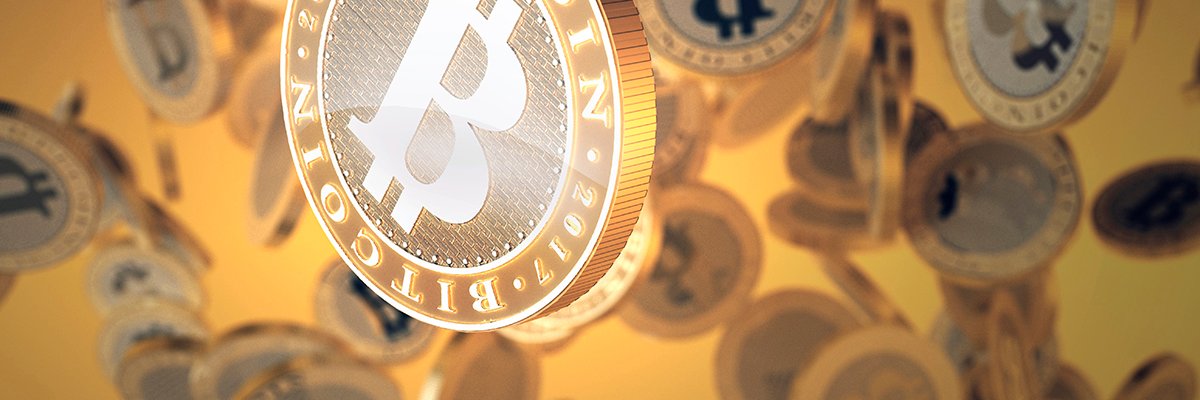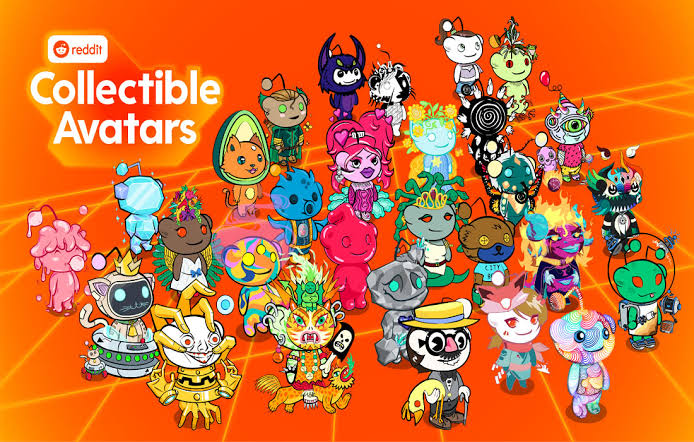The potential of dynamic NFTs in the real world

The Web3 platform community has embraced non-fungible tokens (also known as NFTs), with a number of prominent public figures releasing their own NFT editions. P2P commerce as well as digital payments are just two other potentials for these tokens that have attracted record public interest. The development of these tokens and the underlying theory has led to the development of dynamic NFTs, the next milestone in the development of NFTs. We therefore want to understand the principle of dynamic NFTs, how they behave, and what kind of potential it illuminates in the real world.
What are NFTs?
Non-fungible tokens, commonly known as NFTs, are cryptographically secured tokens that represent an asset. They are primarily found on blockchains. NFTs are basically digitized tokens that represent certain assets and facilitate ownership tracking and trading. These assets may exist in the actual world or they may also be virtual.
It seems that the NFT sector has something special to offer. It is envisaged that the dynamic NFTs will significantly change existing NFT trading patterns. Dynamic NFTs are becoming increasingly popular in the cryptocurrency world, and several of them, especially merging as well as OG crystals, have caused controversy. Many enthusiasts believe that dynamic NFTs will be the next big thing within a few years.
What are dynamic NFTs?
Dynamic NFTs are NFTs that can change their properties under specific circumstances. Each NFT has specific metadata outlining its properties. An NFT’s metadata consists of both generic and specialized fields that are unique to each NFT collection.
Metadata always remains constant in the case of static NFTs. However, smart contracts can be used to change metadata thanks to dynamic NFTs. Dynamic NFTs adapt to the conditions specified in their smart contract at the time of minting. To modify the NFTs, smart contracts can use oracles to obtain off-chain data sources such as online APIs and IoT data.
How do dynamic NFTs work?
With the support of both off-chain as well as on-chain algorithms, dynamic NFTs can evolve. These are powered by smart contracts. Smart contracts analyze off-chain and on-chain data to establish a response that is presented to users when an NFT is requested.
Step 1 – The smart contract is first initiated with an NFT request.
Step 2 – Smart contract received the request for processing
Step 3 – The contract processes the results after calling an oracle for off-chain data.
Step 4 – Data from both on-chain and off-chain is evaluated. The smart contract then delivers the results to the request.
Essentially, this means that smart contracts are what enable NFTs to develop, update and evolve over time. As a result, based on off-chain and on-chain data, smart contracts determine if a non-fungible token can be changed, and if so, change the metadata to a dynamic NFT.
Why are dynamic NFTs important?
On blockchain-based trading platforms, NFTs can be traded. The secure environment provided by blockchains is sealed off from all the other systems, but there are some limits. These security features prevent NFTs from exchanging data with external sources outside the blockchain. To tackle this problem, dynamic NFTs were developed.
Dynamic NFTs are quite important and valuable because of their ability to change dynamically in response to a real-world event sent to the blockchain via oracles. NFTs that are dynamically updated serve a variety of purposes and increase authenticity.
The potential of dynamic NFTs in the real world
Property – Dynamic NFT is rapidly gaining popularity in this sector. For example, let’s assume that a home that has stood for generations has been tokenized as a DNFT and is now up for sale, likewise the holder is also the owner of the actual deed. Maintenance, upgrades and renovations are carried out over time, and thus change the property value. The metadata of the dynamic NFTs will instantly reflect these changes to match the real world.
NFT Sports – Sports collectibles or sports cards are another fantastic illustration. Now let’s consider a dynamic NFT depicting a real football player. We may include several variations of the player, such as speed, body composition, player’s height, number of goals and shots, etc. within the NFT’s metadata. Of course, the data that the player records will likely change throughout each season. Therefore, with dynamic NFTs, this information is automatically updated in the metadata.
Gaming – Dynamic NFTs are the latest generation of technological advancements as the NFT sector evolves. The dynamic NFT’s VRF functionality allows authentic verification and guarantees the volatility of in-game item distribution. As a result, when participating in in-game campaigns and events, P2E players will benefit from a fair, random allocation of rare assets as well as power rankings.
Passport – Theoretically, authorities can issue dynamic NFT passports that will update the traveller’s information. Since the data is recorded in the blockchain, no stamp or additional paperwork will be required. Once they become immutable and verifiable due to the blockchain, this will also reduce the likelihood of fraud.
Production – Manufacturers and Web3 companies are currently working together to create NFTs with verified authenticity. Dynamic NFTs will inevitably attract companies such as Apple, Samsung, Ray-Ban, Adidas, Nike, Sony and others because their products are often copied and sold to uninformed customers worldwide. Piracy and product counterfeiting may experience significant declines in the coming years thanks to the embedding of proven authenticity into NFTs and the blockchain ledger. The approach will be significantly more challenging for manufacturers of counterfeit products to execute, at least.
Final thoughts
Dynamic NFTs are far more fascinating as their metadata can be changed with ease. Although NFTs have given the blockchain world an exciting look, dynamic NFTs are what give it charisma. Despite still being a relatively new idea, dynamic NFTs have the potential to transform how owners interact with NFTs and the things they stand for.
Disclaimer
The views above are the author’s own.
END OF ARTICLE
-
Don’t divine, don’t demonize: Congress created a Nehru cult, but criticism of India’s first prime minister from today’s right wing is unfair
-
India is finally on the rise: We may not be growing at more than 5% annually, but that’s still good in a slowing global economy
-
An unfinished journey: India@75 has much to celebrate, but the full range of freedoms available to the elite eludes most
-
Bilkis case: Those who deserve a noose should not be garlanded
-
Gandhi or not: Congress serious about the 2024 game must start by choosing Sonia’s successor
-
At 75, India needs to talk: Some of our problems need dialogue, between parties, between communities, between ideologues
-
Spot the obscenity: A university that fires a professor for a private photo in a bathing suit teaches very twisted lessons
-
To be developed: Farm reform, judicial reform, freer trade are essential if India wants a change in economic status
-
Mistakes in clemency: The Gujarat government had more than enough reason not to release the convicts in the Bilkis case
-
A story of private success and public failure: Unless it fixes its institutions, India will not be a developed nation in 25 years
























